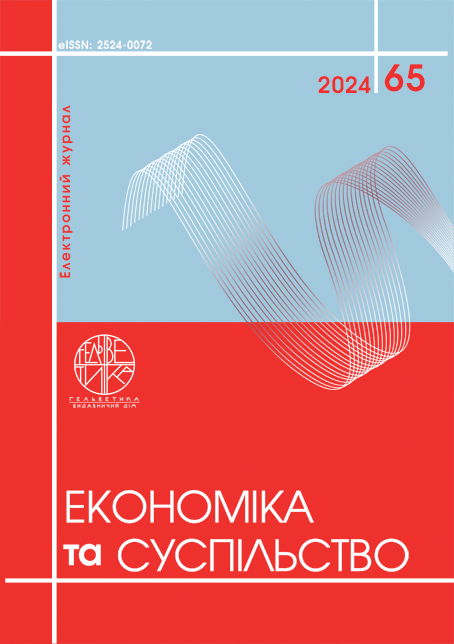METHODOLOGY FOR ASSESSING THE THREAT OF TUBERCULOSIS INCIDENCE SPREAD
Abstract
The article presents a new methodology for assessing the risk of tuberculosis spread under the influence of various factors. In developing the model for assessing the threat of tuberculosis spread, a comprehensive approach was applied, based on the use of a significant amount of data and expert evaluations. Mathematical methods were used to calculate deviations of indicators from desired values. This allowed for a quantitative assessment of the degree of discrepancy between the actual epidemiological situation and the desired state, and to identify the most problematic aspects requiring priority attention in the development of anti-tuberculosis measures. The methodology allows for considering the impact of various factors on the spread of tuberculosis, investigating patterns of their influence on the environment, and establishing the relationship between the level of funding for anti-tuberculosis measures and the intensity of these factors' impact. Applying a comprehensive approach to assessing the epidemiological situation allows for considering the interaction of various factors and determining priority areas for funding to improve the effectiveness of tuberculosis control. The study used expert evaluation to obtain qualitative judgments, mathematical methods for quantitative analysis, and created an observation matrix to systematize data. This combination of methods provided a comprehensive analysis of the problem, combining qualitative and quantitative approaches. Thus, the presented methodology is an effective tool for analyzing the problem of tuberculosis spread and making informed decisions regarding anti-tuberculosis measures. The obtained results can be used to develop strategies for improving the effectiveness of the object, making informed management decisions, and optimizing resources. Further research may be directed at a more detailed analysis of the identified critical factors and the development of specific measures for their optimization. The application of this methodology allows for monitoring the effectiveness of anti-tuberculosis measures over time, identifying trends, and predicting future scenarios of the epidemiological situation.
References
Про схвалення Державної стратегії протидії ВІЛ-інфекції/СНІДу, туберкульозу та вірусним гепатитам до 2030 року. Розпорядження Кабінету міністрів України від 27.11.2021 № 1415-р. URL: https://moz.gov.ua/uk/derzhavna-strategija-protidii-vil-infekciisnidu-tuberkulozu-ta-virusnim-gepatitam-do-2030-roku (дата звернення: 15.08.2024)
Центр громадського здоров'я МОЗ України. URL: https://phc.org.ua/ (дата звернення 23.05.2024).
Державна міграційна служба України URL: https://dmsu.gov.ua/ (дата звернення 15.08.2024)
Державна служба статистики України. URL: https://www.ukrstat.gov.ua/
(дата звернення 25.08.2024)
Rozporiadzhennia "Pro skhvalennia Derzhavnoi stratehii protydii VIL-infektsii/SNIDu, tuberkulozu ta virusnym hepatytam do 2030 roku" vid 27.11.2021 № 1415-r. [On the approval of the State Strategy for Combating HIV/AIDS, Tuberculosis, and Viral Hepatitis until 2030. Resolution of the Cabinet of Ministers of Ukraine from November 2021 № 1415-r.]. Available at: https://moz.gov.ua/uk/derzhavna-strategija-protidii-vil-infekciisnidu-tuberkulozu-ta-virusnim-gepatitam-do-2030-roku (accessed August 15, 2024)
Tsentr hromadskoho zdorovia MOZ Ukrainy [Public Health Center of the Ministry of Health of Ukraine]. Available at: https://phc.org.ua/ (accessed August 23, 2022)
Mihratsiina sluzhba Ukrainy [State Migration Service of Ukraine]. Available at: https://dmsu.gov.ua/ (accessed August 15, 2024).
Derzhavna sluzhba statystyky Ukrainy [State Statistics Service of Ukraine]. Available at: https://www.ukrstat.gov.ua/ (accessed August 25, 2024).

This work is licensed under a Creative Commons Attribution 4.0 International License.


